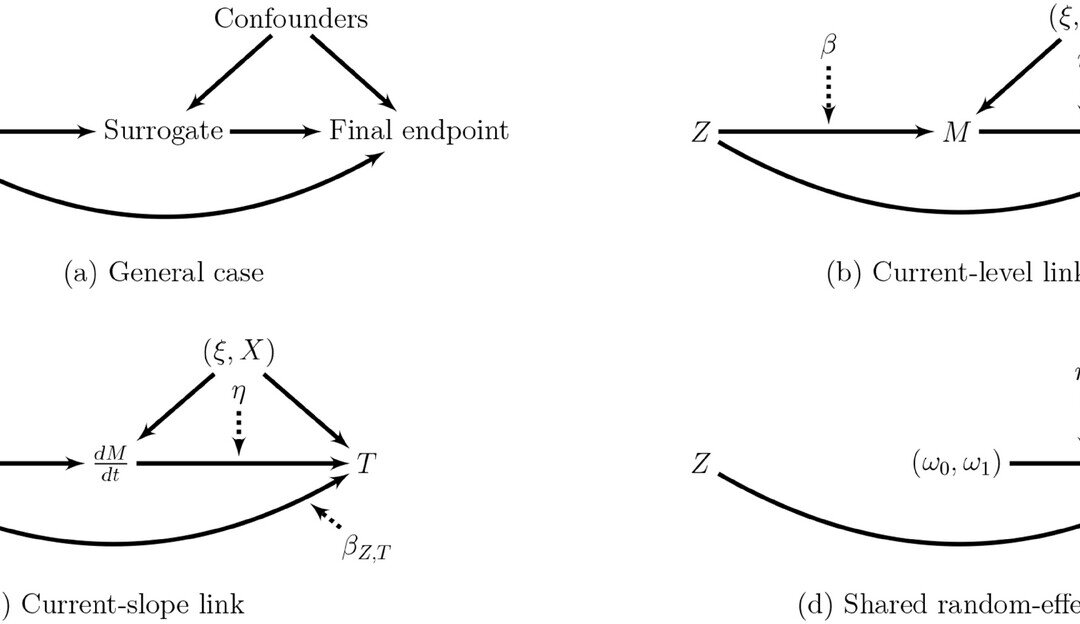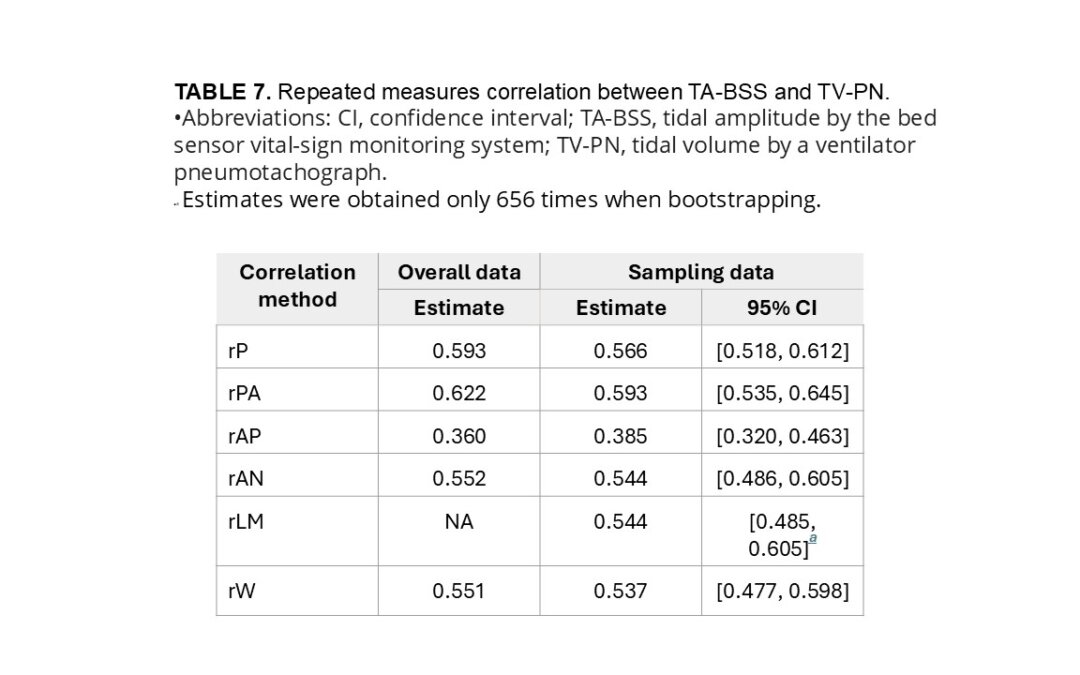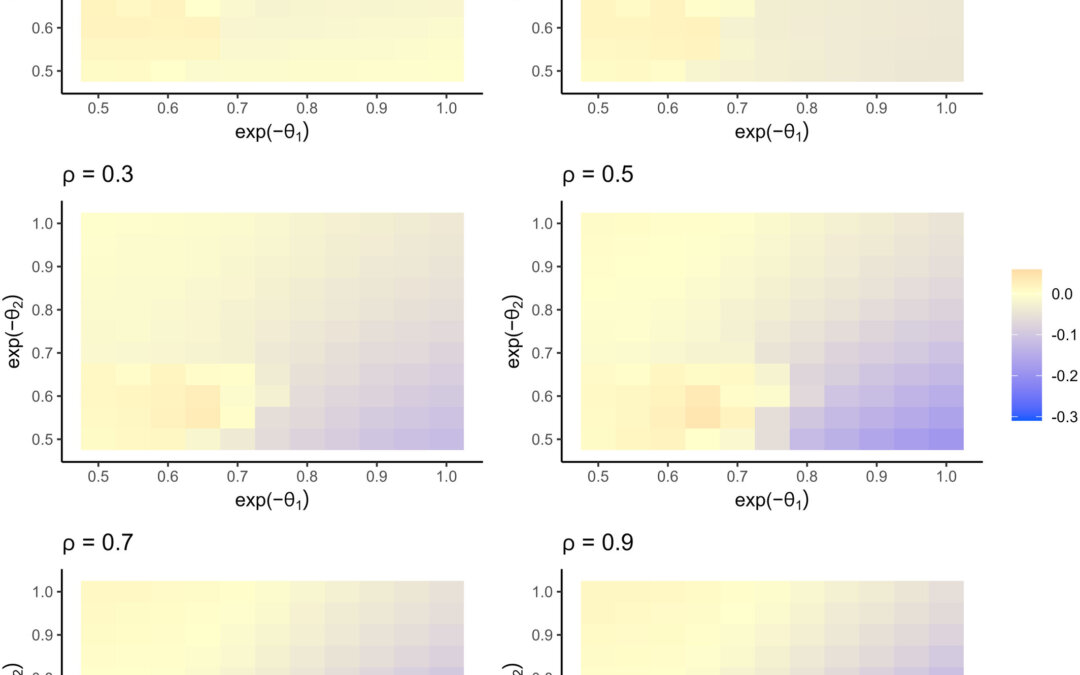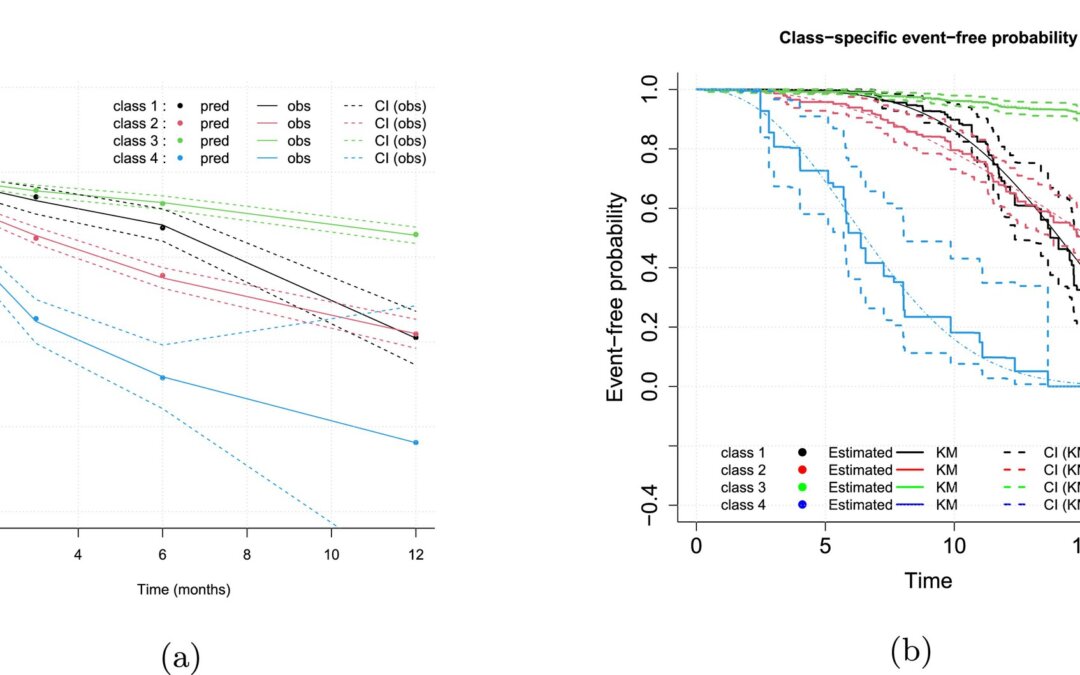
by Usha Govindarajulu | Jul 2, 2025 | Biostatistics, Blog, Usha Govindarajulu
July 2, 2025 The importance of evaluating a longitudinal biomarker in survival analysis for overall or disease-free survival can be important. The authors have defined a new joint model for a longitudinal biomarker and a time-to-event endpoint, taking into account...

by Usha Govindarajulu | Jun 17, 2025 | Biostatistics, Blog, Machine Learning, Usha Govindarajulu
June 18, 2025 The goal of this paper was to bridge gaps in understanding how to use machine learning (ML) methods for survival by presenting a comprehensive study comparing various ML methods for dynamic survival analysis. They sought to provide researchers and...

by Usha Govindarajulu | Jun 4, 2025 | Biostatistics, Blog, Professor, Usha Govindarajulu
June 4, 2025 The authors discussed a weighted repeated measures correlation coefficient which could work even in the presence of missing data. The Pearson correlation coefficient cannot be used in these data due to violations of independent data. Also, some measures...

by Usha Govindarajulu | May 21, 2025 | Biostatistics, Blog, Professor, Usha Govindarajulu
May 21, 2025 The authors focused on adjustment for conditional bias in hazard ratios from overall survival (OS) in both interim and final analysis in trial where the overall hierarchical strategy was applied. They first showed a conditional bias (CB) adjusted...

by Usha Govindarajulu | May 7, 2025 | Biostatistics, Blog, Usha Govindarajulu
May 7, 2025 The authors have presented a tutorial on joint latent class models (JLCMs), which are a statistical approach to allowing to simultaneously account for two outcomes related to disease progression, a longitudinal measure and a time-to-event measure. A linear...

by Usha Govindarajulu | Apr 23, 2025 | Biostatistics, Blog, Usha Govindarajulu
April 23, 2025 The authors have discussed a sample size calculation for restricted mean survival time (RMST) in augmented tests. The RMST was developed as an alternative measure of survival that is non-parametric and does not reply on parametric constraints. It had...






